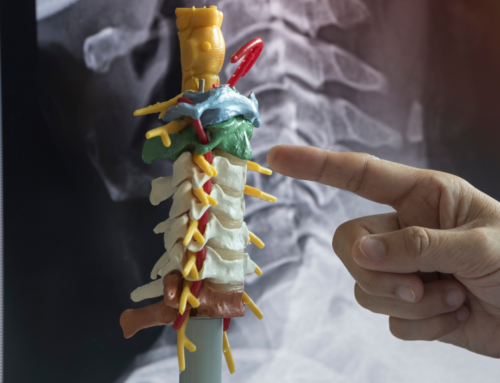Today, I’d like to delve into a topic that many of my patients find both intriguing and relevant – vertigo and balance. Understanding these concepts is crucial, as they play a significant role in our daily lives and overall well-being.
The Impact of Vertigo on Daily Life
Before we explore what vertigo is, let’s discuss its impact. Vertigo can significantly affect a person’s ability to perform daily tasks. The sensation of the room spinning or feeling off-balance can make simple activities, like walking or even standing, challenging. Moreover, dealing with chronic vertigo can have a psychological impact, leading to anxiety or depression in some cases. It’s important to remember that if you’re experiencing these symptoms, you’re not alone, and there are treatments available.
Understanding Vertigo
So, what exactly is vertigo? Vertigo is a sensation of feeling off balance, often described as a spinning sensation, which may be accompanied by nausea, vomiting, sweating, or difficulty walking. It’s important to note that vertigo is a symptom, not a condition itself, and it’s different from the light-headedness or faintness that some people refer to as dizziness.
The Role of the Inner Ear in Balance and Vertigo
Our sense of balance is maintained by several systems in the body, one of which is the inner ear. It sends signals to our brain about our body’s movement and position. When there are disruptions in these signals, it can lead to vertigo.
Common Causes of Vertigo
Vertigo can be caused by various conditions, most of which involve the inner ear or brain. Conditions such as Meniere’s disease, which involves fluid buildup in the inner ear, and benign paroxysmal positional vertigo (BPPV), where tiny calcium particles clump up in the inner ear, can cause vertigo. Understanding the cause of vertigo is the first step toward effective treatment.
How Chiropractic Can Help
This is where chiropractic work comes in. As a chiropractor with advanced training in integrated approaches to brain therapy, I use techniques that help manage vertigo and improve balance. By understanding the nervous system’s intricacies, we can target treatments to help alleviate the symptoms of vertigo. In my practice, I’ve seen many patients find relief and regain their balance through these techniques.
Tips for Managing Vertigo at Home
In addition to professional treatment, there are practical tips and exercises that can help manage vertigo symptoms at home. These include specific head and body movements that can help dislodge the calcium deposits in the inner ear in cases of BPPV. However, it’s important to seek professional help when needed – don’t try to navigate this alone.
Understanding and managing vertigo is crucial for maintaining quality of life. If you’re dealing with vertigo or balance issues, remember that there’s help available. You don’t have to navigate this journey alone.
I encourage you to reach out for a consultation. At the Brain Therapy Clinic, we’re here to help guide you on your journey to better health.
Contact us today to schedule your appointment.
As always, we’re here to help you get better!
Dr. Ian Horseman








Leave A Comment